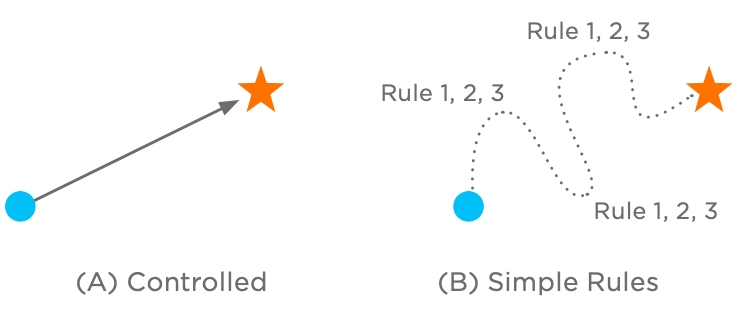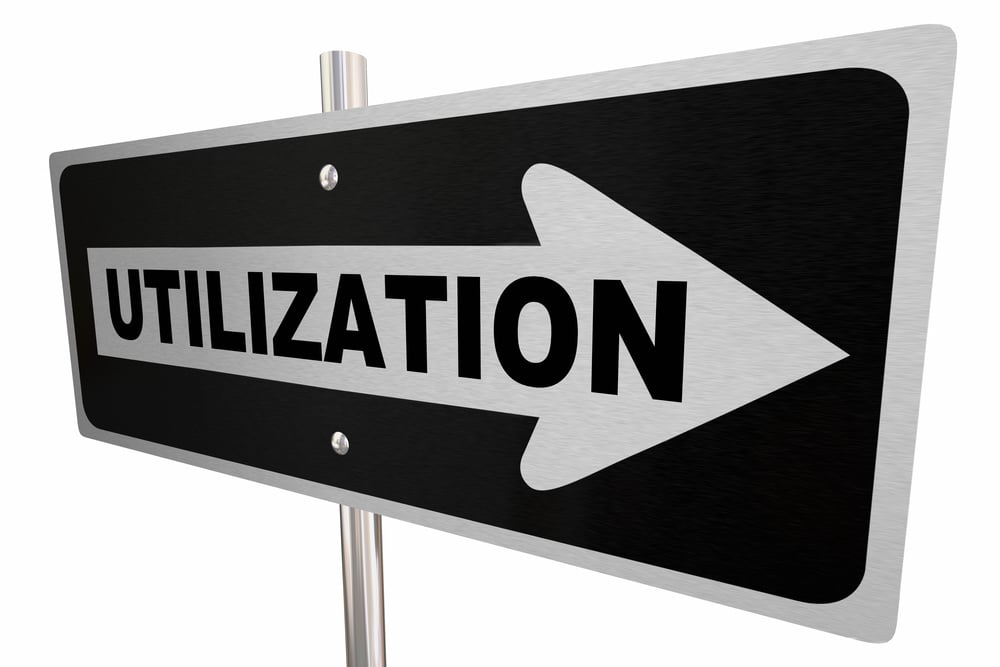Harness the Power of Mental Models
 Derek & Laura Cabrera
·
2 minute read
Derek & Laura Cabrera
·
2 minute read
This post is an excerpt from Chapter 5 of Flock Not Clock.
An organization has to learn to survive. But in order for an organization to learn, its people have to learn. And in order for people to learn, they need to think. So, how do people think anyway? How do we think smarter? And why does it matter?
Most of the organizational problems we face result from the difference between how we think organizations work and how they actually work. The real world works in systems—complex networks of many interacting variables. Systems thinking attempts to better align how we think with how the real world works. The first step in addressing this disconnect is to take an honest look at how we think, as individuals and as leaders.
How does thinking work? And how do we move from ingesting information to actually knowing something about the world? We’ve all experienced a dud teacher who thinks that somehow by reading his lecture notes out loud, he is imparting his knowledge to us. But of course he’s not. The same is true of any leader in any organization: If you just state your vision over and over in your town hall addresses or post vision signs on your walls, do your employees truly get it? Nope. That’s because of one critical distinction: although we can transfer information, we cannot transfer knowledge to someone else.
Let’s break this down.
- Information is data.
- Thinking is the process of structuring information to make it useful.
- Knowledge (also known as a mental model) is built when you structure information to give it meaning.
Looking at this as a simple equation can help make these complex ideas more accessible.

Albeit simple, this equation debunks the existing paradigm that taking in information alone is the same as learning. Registering changes in information alone is not learning (a paradigm which explains our obsession with data). What we see is that meaning (mental models) is not an attribute of the data, so changes in data do not equate to changes in meaning! Your ultimate goal as a leader is to enable the individuals on your team to learn, which is going to require them to think. By harnessing the power of their learning, you can continually evolve your organization’s mental models to adapt to changing environmental conditions. Expressed as another equation, this concept looks like:
 Let’s dig a little deeper into mental models. Although it feels to our conscious self that we interact with the real world directly, in fact we interact indirectly with the real world through our mental models of it. Think of mental models as a lens between you and reality, coloring what you see. Remember (from chapter 1) that we should think of mental models as a lens between us and reality, coloring what we see (Figure 5.1).
Let’s dig a little deeper into mental models. Although it feels to our conscious self that we interact with the real world directly, in fact we interact indirectly with the real world through our mental models of it. Think of mental models as a lens between you and reality, coloring what you see. Remember (from chapter 1) that we should think of mental models as a lens between us and reality, coloring what we see (Figure 5.1).
 Figure 5.1. Mental models are a lens between you and reality.
Figure 5.1. Mental models are a lens between you and reality.
Whether we construct them as individuals or whether we inherit them as part of our culture, we have the power to shift our mental models. But, first, we need to recognize that we have them.
.png?width=150&height=150&name=CRL%20GOAT%20Logo%20(4).png)



